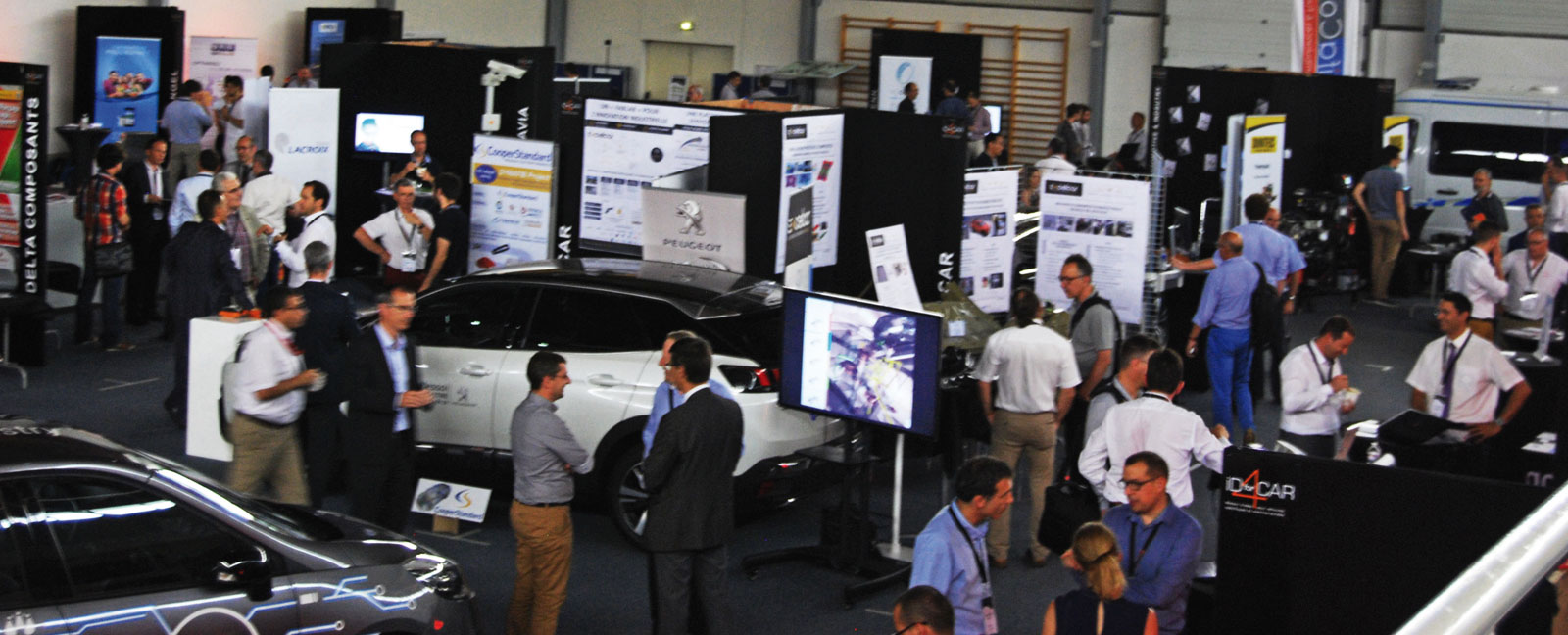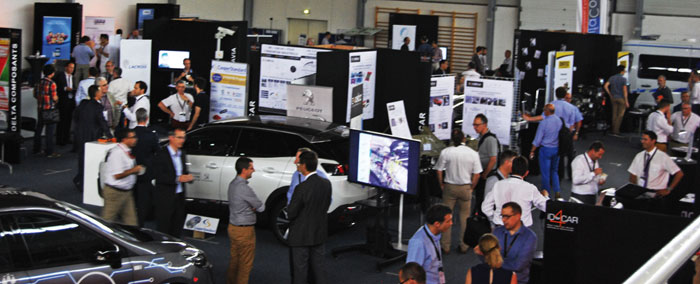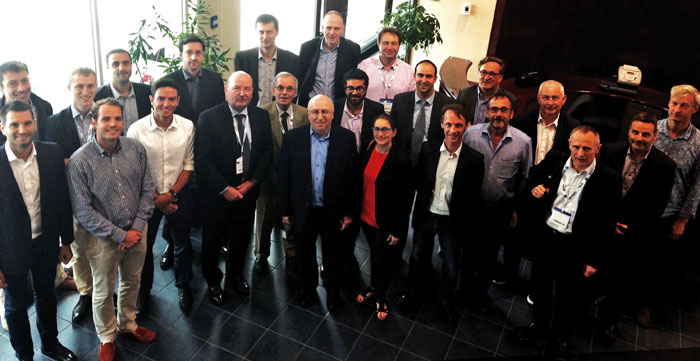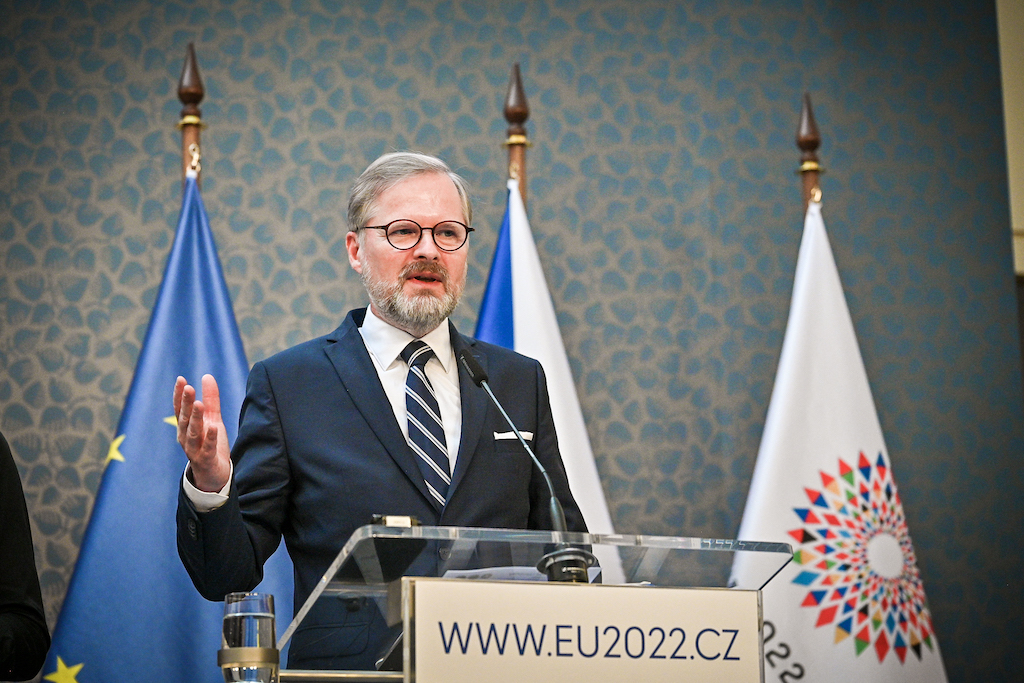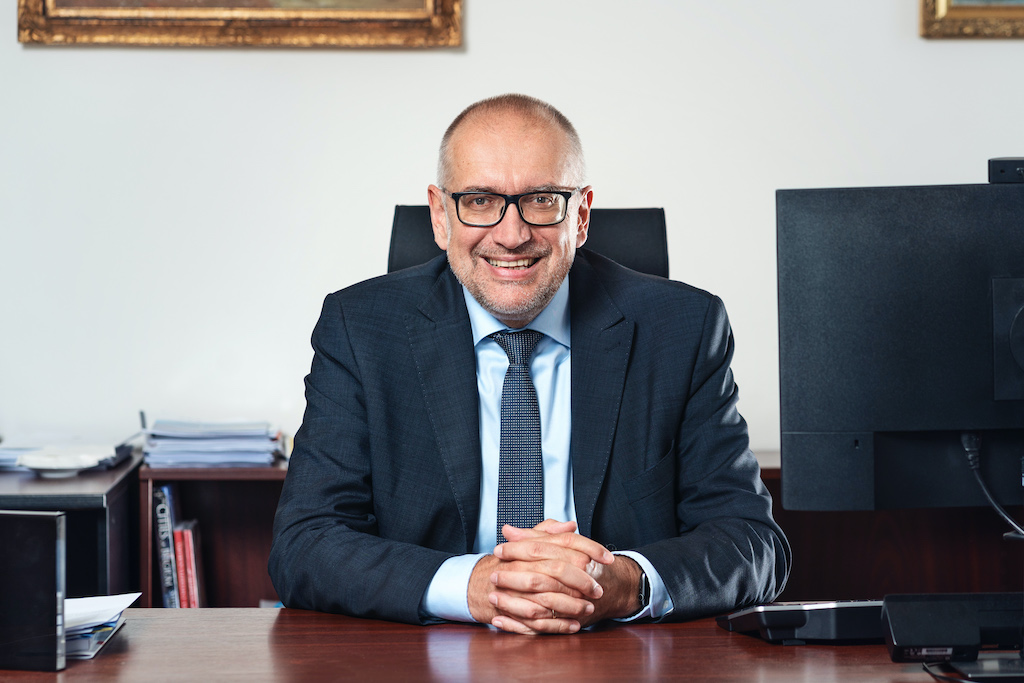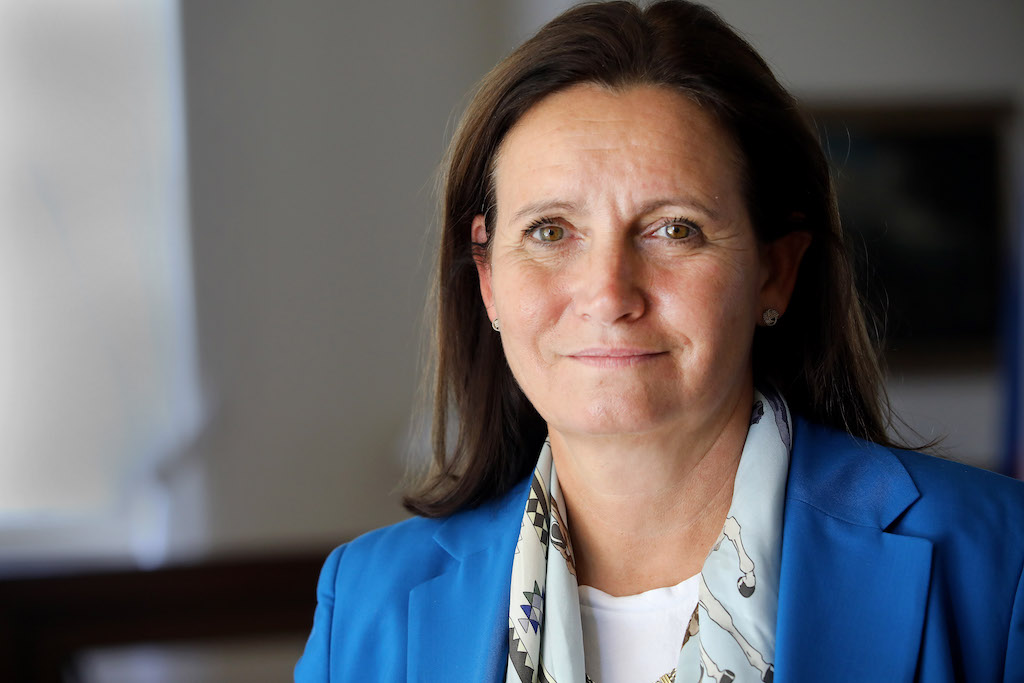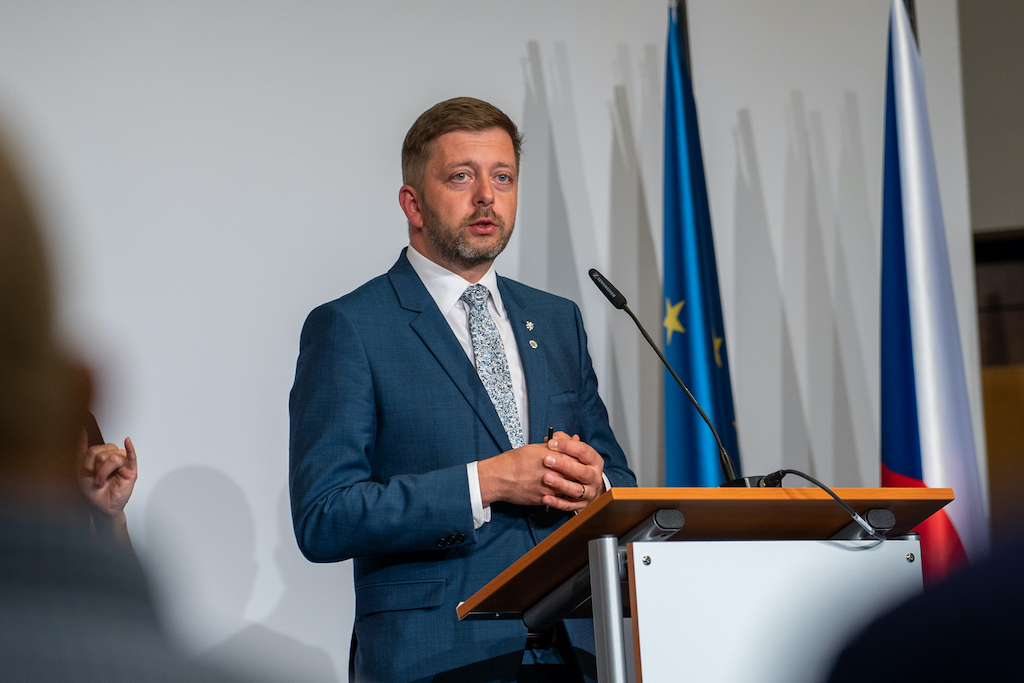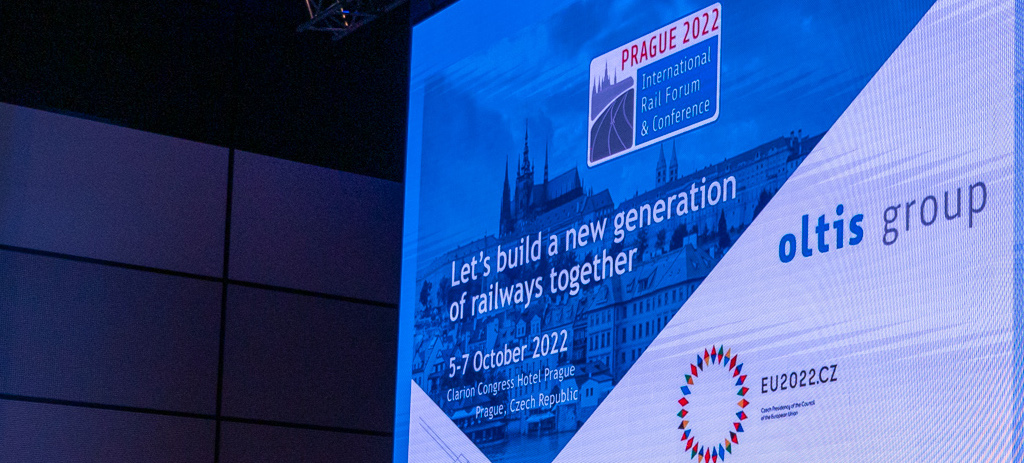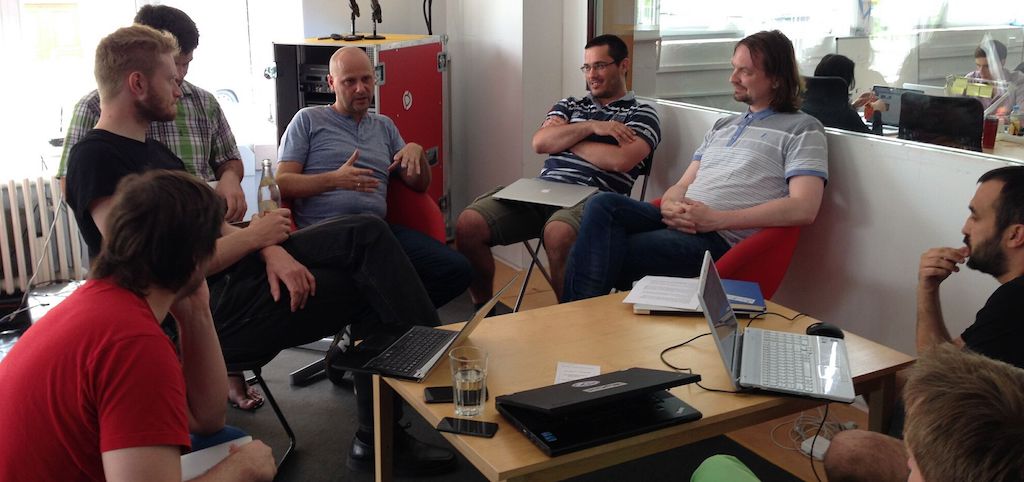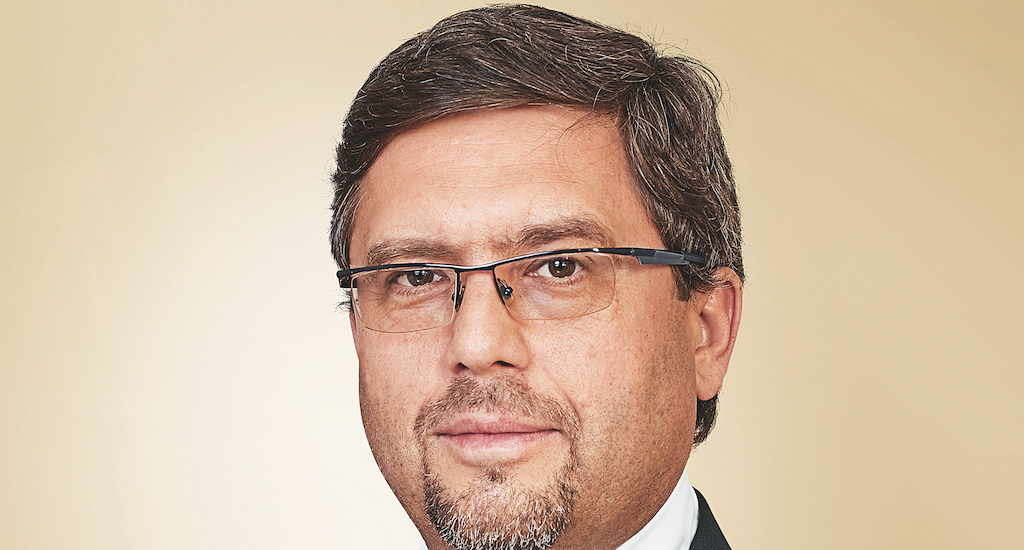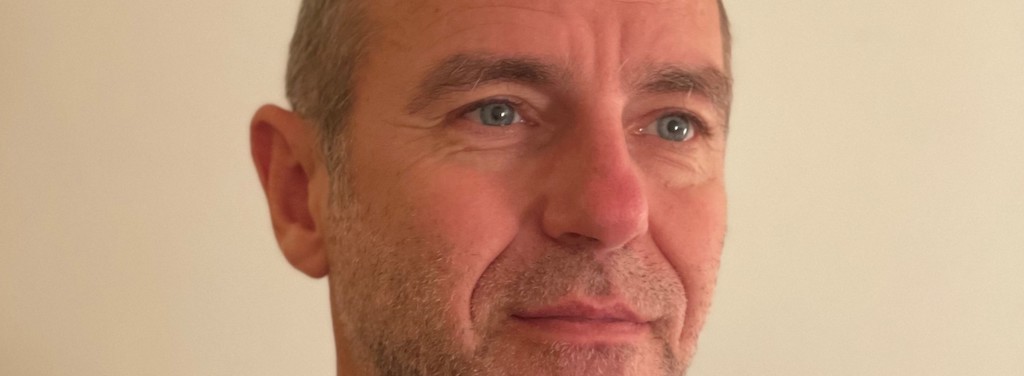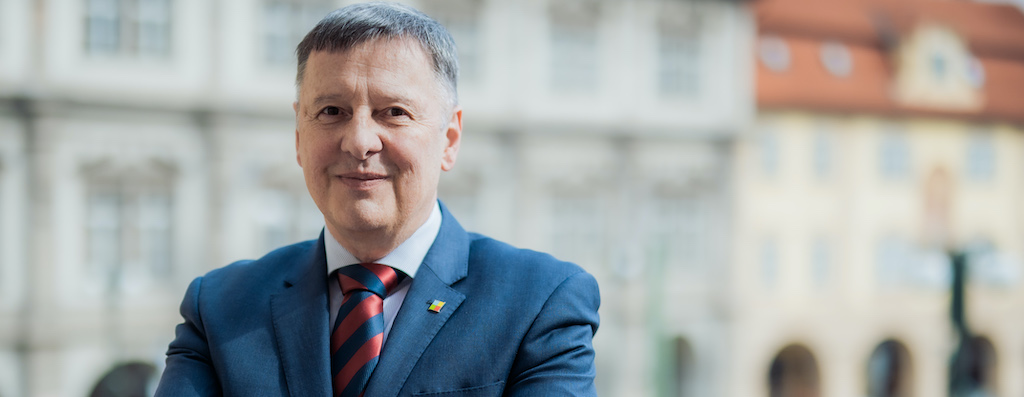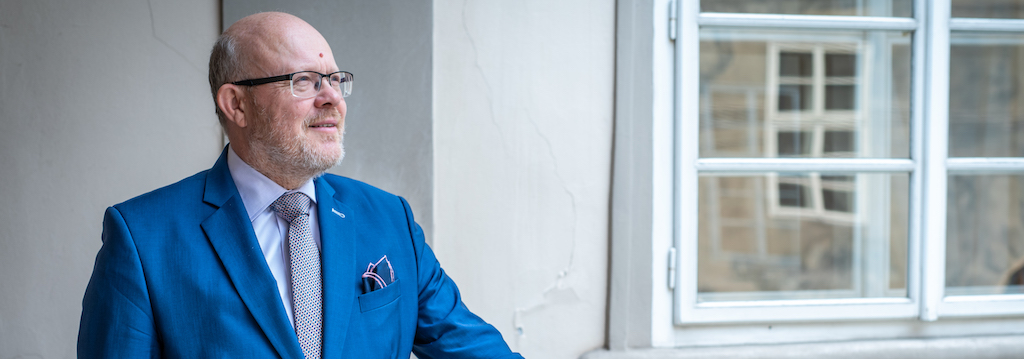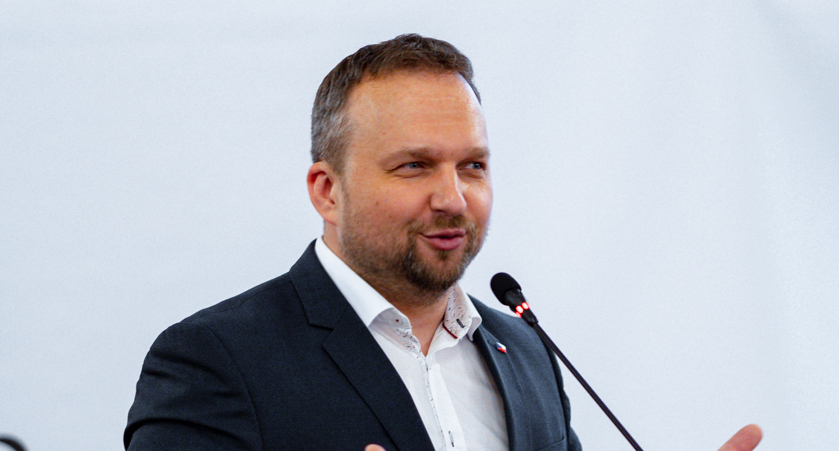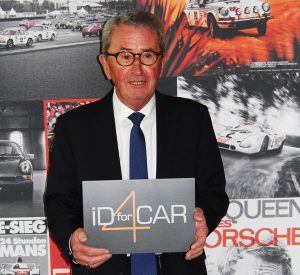 JGDE. You are the president of the ID4CAR competitiveness hub dedicated to R&D in the automotive sector and mobility services. What are its missions?
JGDE. You are the president of the ID4CAR competitiveness hub dedicated to R&D in the automotive sector and mobility services. What are its missions?
Yvon Peurou. Founded more than 10 years ago, iD4CAR aims to stimulate and strengthen competitivity of players in the vehicle and mobility markets located in Bretagne and in the Pays de la Loire. The two regions, together with the French Government, have been strong partners who believe in our strategy. This is how we can offer our 320 members a service offering based on innovation, markets and industrial performance.
In concrete terms, we help our members to establish their strategy, structure their R&D projects, identify financing and establish technological partnerships. 140 projects have already been completed, representing an R&D investment of more than €310 million.
We also help them to identify and activate business opportunities. We present market trends, ensure B2B connections and organise export missions. For example, over the last 3 years, the majority of our SME members have increased their turnover by 20% to 80%!
Finally, we support the modernization of production tools and the pooling of HR skills and purchasing.
JGDE. The automotive industry is present in other territories, in France and abroad. What characterizes the Great West?
YP. What is remarkable is its heterogeneity and vitality. There are also major manufacturers and about thirty OEMs, but we also benefit from the presence of specific vehicle manufacturers: emergency vehicles, caravanning, bodybuilders, armored vehicles … We also have more than 100 equipment suppliers, and the territory positions itself as the leading producer and user of rolling stock at the national level.
Concerning mobility services, the great west enjoys historical expertise in telecom technologies and an early investment in connected objects. This technological combination, coupled with the capacity of our territories to carry out experiments, is an axis of excellence and above all a strategic one.
JGDE. Which areas of strategic activities do you cover?
YP. We cover four strategic areas of activity that are representative of our stakeholder communities and provide collective solutions to cross-cutting issues: the «materials of vehicles», capable of responding to the stakes of lightening, eco-design, …
- «Embedded systems», to develop new electrical and electronic architectures, vehicle interfaces, control and safety functionalities;
- «Vehicles, uses and industrialisation», to create new vehicle architectures, innovative modules and designing future plants;
- «ICT for mobility», to improve and secure infrastructures, deploy energy solutions and optimise travel.
JGDE. Do you have some examples of successful projects?
YP. Yes of course! Even if that does not allow us to have a complete picture of the dynamism of our 320 members. I can cite, for example, a project carried out by Autocruise, based near Brest, to develop high-performance radar systems and applications to assist driving vehicles. Today, 350,000 radars from these developments are in service, with a turnover of €30 million in 2017, and the production capacity is expected to triple by 2020.
On the other hand, I can also mention a project to lighten vehicles with composite materials and draping robots. It enabled Coriolis Composites – originally specialised in aeronautics – to penetrate the automotive market, to form partnerships with major manufacturers and to open up internationally.
JGDE. You are therefore not involved only in projects relating to vehicles themselves, but also in projects related to mobility services. How do you see the evolution of this market?
YP. The advent of NICTs or geolocation has led to the emergence of an economy where it is possible to propose and develop services: free seats for a journey, availability of an unused vehicle, payload in a truck … information around mobility also increases with the calculation of itineraries, the location of parking places, the availability of charging stations, the accessibility of personalities with reduced mobility or the optimisation of the routes of travel logistics. This trend will be reinforced in the medium term with the introduction of several technological breakthroughs, such as the autonomous vehicle or the intelligent and connected infrastructure.
JGDE. You also work on the plant of the future. How do you imagine it?
YP. The performance of the industrial tool is a powerful competitiveness lever. With the companies and academics of the territory, we want to meet the traditional constraints of the automotive industry (high throughput, high-service rates, very low unit costs) while taking into account market developments (personalisation, materials and reduction of CO² emissions). It is in this spirit that the EXELCAR industrial innovation platform was created at the instigation of ID4CAR, near the PSA Rennes plant.
On the other hand, connectivity and big data make it possible to optimise the efficiency of machines, the augmented reality to improve the training of operators, robotics to implement complex processes, additive manufacturing to create prototypes and small series, etc. A pilot plant in Bretagne already uses these technologies and will soon give us first lessons. Ultimately, it is the entire regional chain that will be able to transfer to the 4.0 plant, which will be agile, respectful, efficient and create jobs.
JGDE. You have been awarded the Gold label by the European Cluster Excellence Initiative. What are your European and international actions?
YP. We relay calls for projects, participate in working groups with the European Commission, liaise with the representative associations in Brussels and follow the evolution of the framework programs.
With Business France and the other French automotive divisions, we organise missions to develop technological partnerships. We also offer our members business missions and business meetings in international trade fairs and congresses (ITS, Electric Vehicles, MOVIN’ON). Finally, we promote the territory to attract investors and partners.
JGDE. You are also involved in the European Horizon 2020 program (H2020) through the SMALL 2 project. Could you tell us about it?
YP. In 2016, ID4CAR, as part of the SMALL 2 program, which focuses on the use of big data, has indeed accompanied the development of a start-up in the mobility market in France and Italy. We also participated in another H2020 project, the COEXIST project (2017-2019), which examines the evolution of forecasting traffic management in cities and how to integrate autonomous vehicles to create adapted infrastructures. This brings us knowledge of the technologies and future uses, which we will communicate to our members so that they can position themselves and be steps ahead of their competitors.
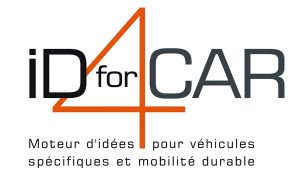 Pôle iD4CAR
Pôle iD4CAR
Technocampus EMC²
ZI du Chaffault, Chemin du Chaffault
44340 Bouguenais, France
www.id4car.org




